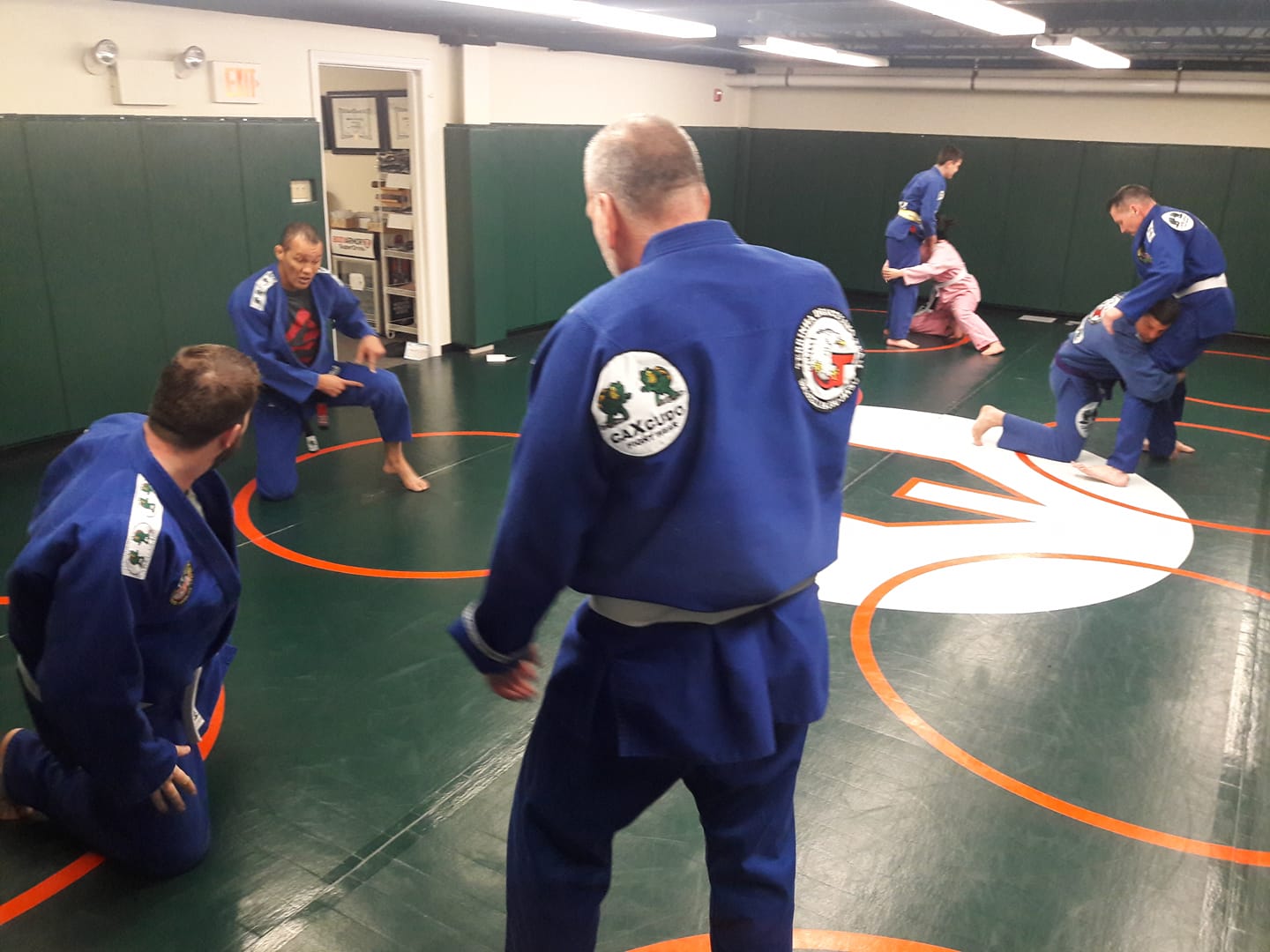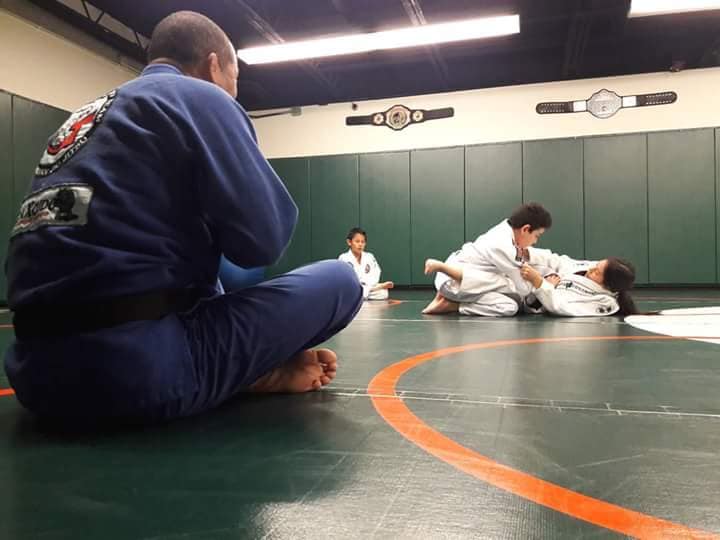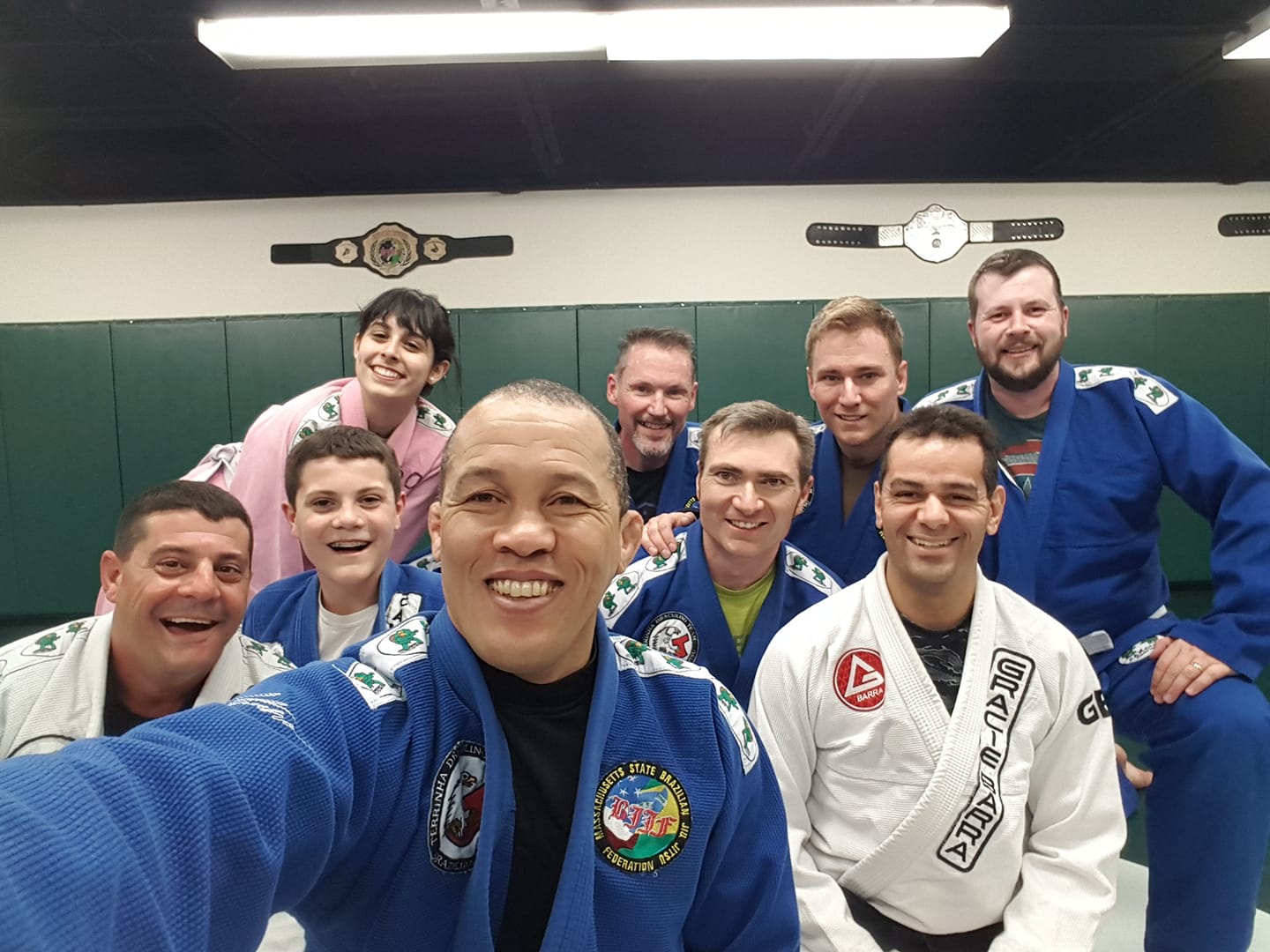Brazilian Jiu-Jitsu is a martial art and self-defense system that focuses on grappling and ground fighting. “Jiu” translates to gentle or yielding and “Jitsu” translates to art or technique. Thus Jiu Jitsu is often referred to as the “Gentle Art”.
Brazilian Jiu-Jitsu (BJJ) emphasizes taking the opponent to the ground and utilizing ground fighting techniques such as locks, holds, submissions to neutralize the opponent. The advantage of fighting from the ground is that an opponent with superior reach and more powerful striking is often negated when fighting on the ground, which is why Brazilian Jiu-Jitsu is an ideal art for smaller and less powerful people.
Some historians say that the "gentle art" can be traced back to India, practiced by the Buddhist monks. Along with Buddhism, the art spread to China and then Japan, where it developed and gained further popularity.

At the end of the 19th century, some Jiu-Jitsu masters emigrated from Japan to other continents, teaching the martial arts, as well as competing in fights and competitions. Mitsuiyo Maeda Koma, also known as “Conde Koma,” was one such master. After traveling with a group which fought in various countries in Europe and the Americas, Koma arrived in Brazil in 1917, and settled in Belem do Para. This was where he met a man named Gastao Gracie, the father of eight children, among them five boys and three girls, Gastao became a Jiu-Jitsu enthusiast and brought his oldest son, Carlos, to learn to fight from the Japanese master. For the naturally frail Carlos, and his brother Helio, Jiu-Jitsu became not just a self-defense form, but a method of self-improvement and self-discovery.

With a goal of proving Jiu-Jitsu’s superiority as well as to build a family tradition, Carlos challenged the greatest fighters of his time, as well as managing the fighting careers of his brothers. Fighting opponents fifty or sixty pounds heavier, the Gracies quickly gained recognition and prestige. Attracted to the new market which was opened around Jiu-Jitsu, many Japanese practitioners came to Rio, but none were able to establish schools as successful as the Gracies.Carlos and his brothers changed the techniques in such a way that it completely altered the complexion of the international Jiu-Jitsu principles. These techniques were so distinctive to Carlos and his brothers that the sport became attached to a national identity, and is now commonly known as “Brazilian Jiu-Jitsu,” practiced by martial artists all over the world, including Japan.

